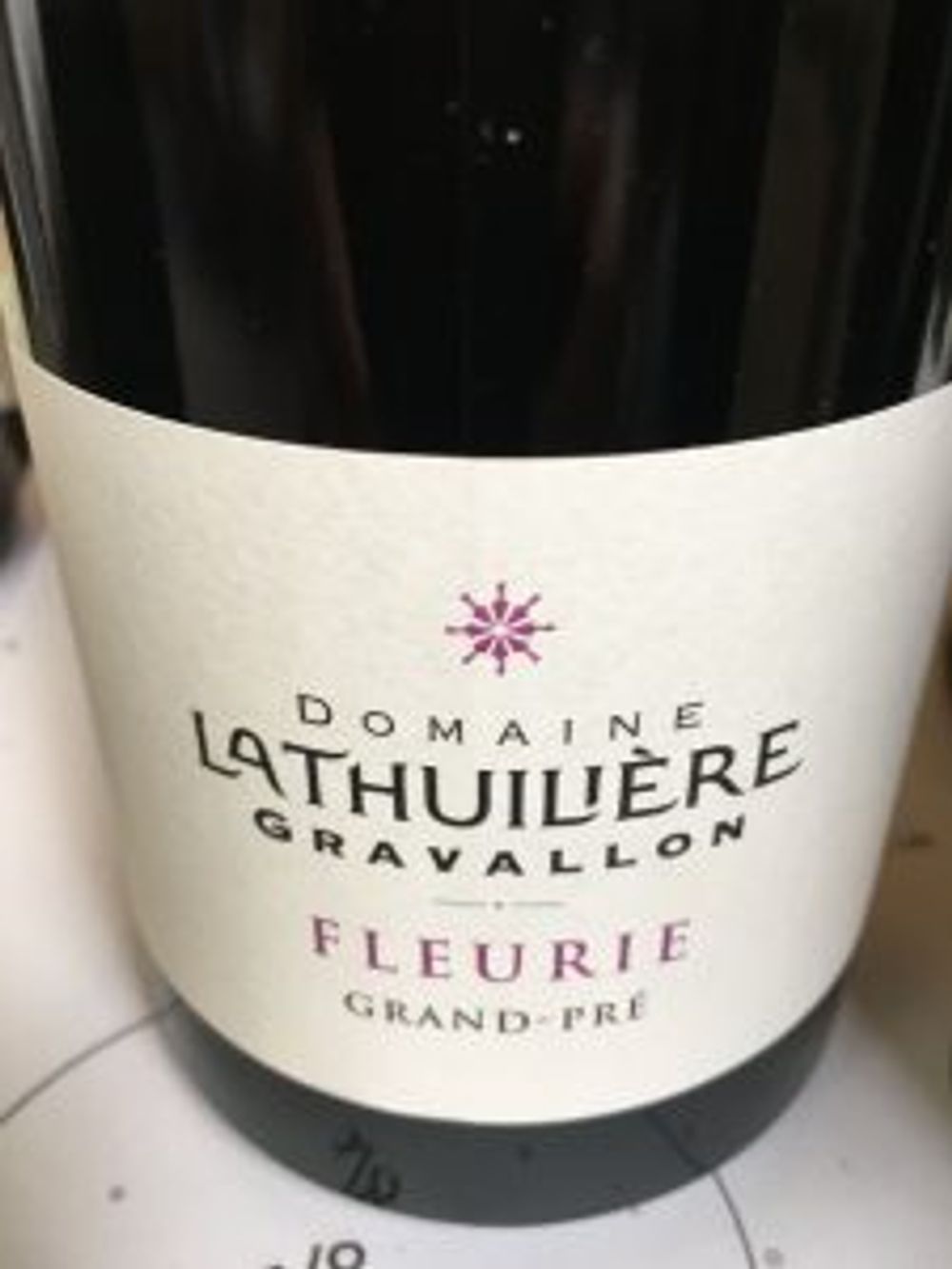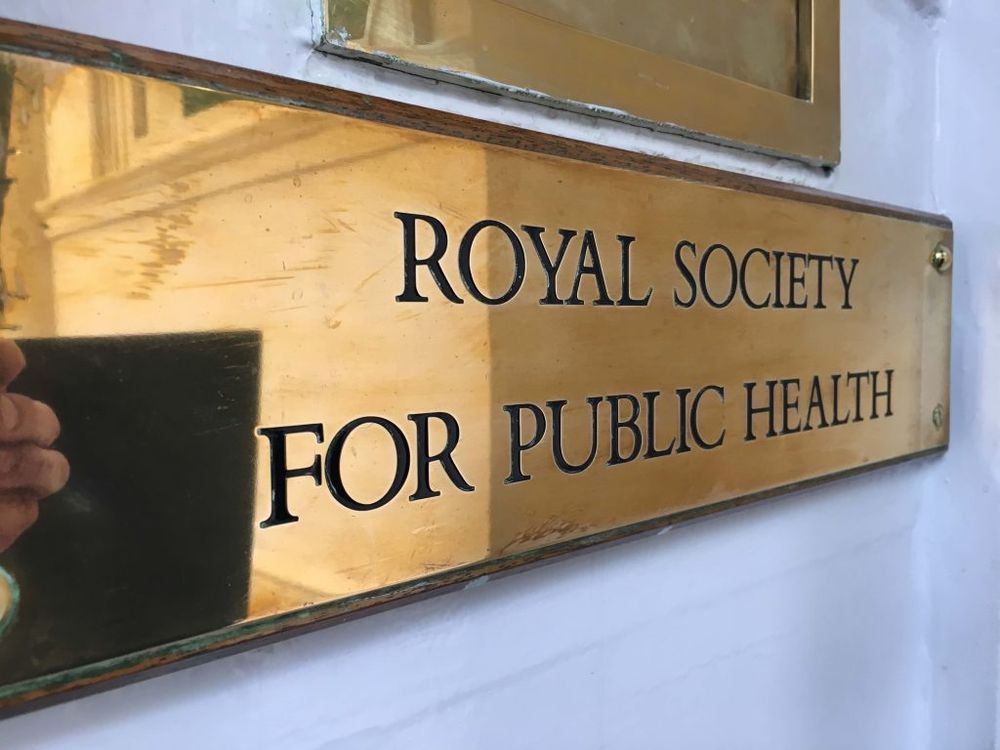Beaujolais 2015 is the perfect vintage to rediscover a region that is in the process of rejuvenation.
A great vintage is truly great when it is consistent across all areas of a region. It makes recall easier and works for trade, media and consumers alike.
Beaujolais is the new ‘natural’. Discuss.
2015 is a great vintage for Beaujolais. And what is also noteworthy is just how modern the wines taste.
Many of the recent trends in modern, grower-driven wine-making – hand-picking, whole-bunch pressing, early harvesting, reduced yields, high altitude, steel vats – have all been de rigeur is this much-maligned region since Gamay was first grown here. Terroir-driven wines has been a tradition here since the Eighteenth Century.
Interesting then that the move towards natural wines and ones that are made with little human intervention will have created a whole new market for Beaujolais. Especially those who cannot remember the negative associations of the Beaujolais Nouveau marketing movement of the 1970s and 80s.
The croquant, aromatic and unpretentious style of Gamay grown in Beaujolais is perfectly suited for any wine list that features leaner, crisper wines. And wines that need to be adaptable – you could pair any of the reds I mention with salad and fish just as easily as fattier meat.

The low price point of most Beaujolais spells good news for the UK on-trade and the number of excellent wines seeking UK distribution also makes this a region of opportunity for importers. Only 2 of the 24 white and rosés on show at this year’s annual Beaujolais Wines tasting are available in the UK and less than half of the 140 reds.
Why the Beaujolais region is being rejuvenated
But the export market is one area that is getting better understood by Beaujolais wine producers. And is just one of the reasons why the region is being rejuvenated.
The sons and daughters of established winemakers that are starting to come on board have travelled, and better understand world wine markets. Until recently France has drunk the lion’s share of Beaujolais (currently 60% of production) but as the ‘young Turks’ start to take the reins expect to see the region selling itself much better to export markets worldwide.
Another major development is for Beaujolais to start developing its own premier crus – a sign of the recognition of both its quality and complexity.
The presence of money helps. The neighbouring Burgundians are becoming increasingly influential in Moulin-a-Vent, Fleurie and Brouilly and there is money coming out of Paris and being invested in the area. The Burgundians are also developing aged Beaujolais, with a key exponent being Château des Jacques which has been owned by Louis Jadot for the past 20 years.
A better understanding of the mosaic of soil types in the region across its 10 crus means that planting is becoming more scientific and the lieu dits (or regions within regions) that the crus are made up of are also becoming recognised qualitatively and identified on the wine label.
The regions in the South where over-production happened during the Beaujolais Nouveau boom are being returned to corn and other crops. Thank God.
So what makes 2015 so special?
For those who remember the exceptional 2009 vintage, then 2015 is its closest bedfellow – in other words, wines that are rich, smooth, have great depth of colour and flavour and possess a tannic structure that will allow the wines to age, some for up to 40 years or so.
Not that there’s much hope of that… all my 2009s disappeared years ago. Mysteriously.
And we are mainly talking about the red wines here. The area does produce some excellent Chardonnay but, given that this only counts for about 2% of the vines, it’s natural to concentrate on the reds.
So with 2015: a hot, dry and sunny first half of the year was followed by plenty of sunshine and very little rain, resulting in the best maturation levels that many winemakers can remember.
Some picks of the Beaujolais 2015 vintage

Beaujolais, Domaine Romy, Les Pierres Dorées, Vielles Vignes 2015
A fun, gulpable, authentic Beaujolais from a serious producer. The concentrated purple colour is a characteristic of the vintage. Slightly dumb on the nose but with a terrific crispness that allows the vines and the winemaker to talk. Les Pierres Dorées is the name of the lieu dit incidentally.
Régnié, Maison des Bulliats, Vielles Vignes, 2015
This newest of the crus situated between Brouilly and Morgon has a pink granite sub-soil that gives this wine a zesty freshness and underlying structure. The aromatics are big, delicious and wonderfully floral – irises, peonies and a bit of red fruit. Surprisingly few tannins, although there was some drying tannins on the front palate.
Fleurie, Domaine Lathuiliere Gravallon, Grand-Pré, 2015

The Grand-Pré lieu dit in Fleurie is known for picking up a lot of sun which gives this pretty wine plenty of mature fruit and a hint of sweetness (that isn’t actually there, if you know what I mean). The two young winemakers have partially de-stemmed the bunches, fermented the fruit in vats for 12 days (a long time here) and pretty much left the wine untampered with. Very Fleurie-esque with a crisp freshness and plenty of structure.
Juliénas, Maison Jean Loron, Domaine de la Vielle Eglise 2015
Grown on ‘blue stone’ that is arguably the oldest soil that grapes grow on anywhere in the world, this wine is quite acidic and austere and is a tad too young to be honest. The mouthfeel is ‘chunky’ with a lot of concentrated fruit. Incidentally, the wine is actually made in a church.
Now I don’t know about you but, although I know many wines that are ethereal and make me feel kind of spiritual, I cannot think of another wine that is actually made in a church. If you do know of one, use the Comments box below, we’d all like to know about it.

Someone’s having a laugh! The venue for the tasting of Beaujolais 2015. They did taste like they were doing me some good, it has to be said.







































